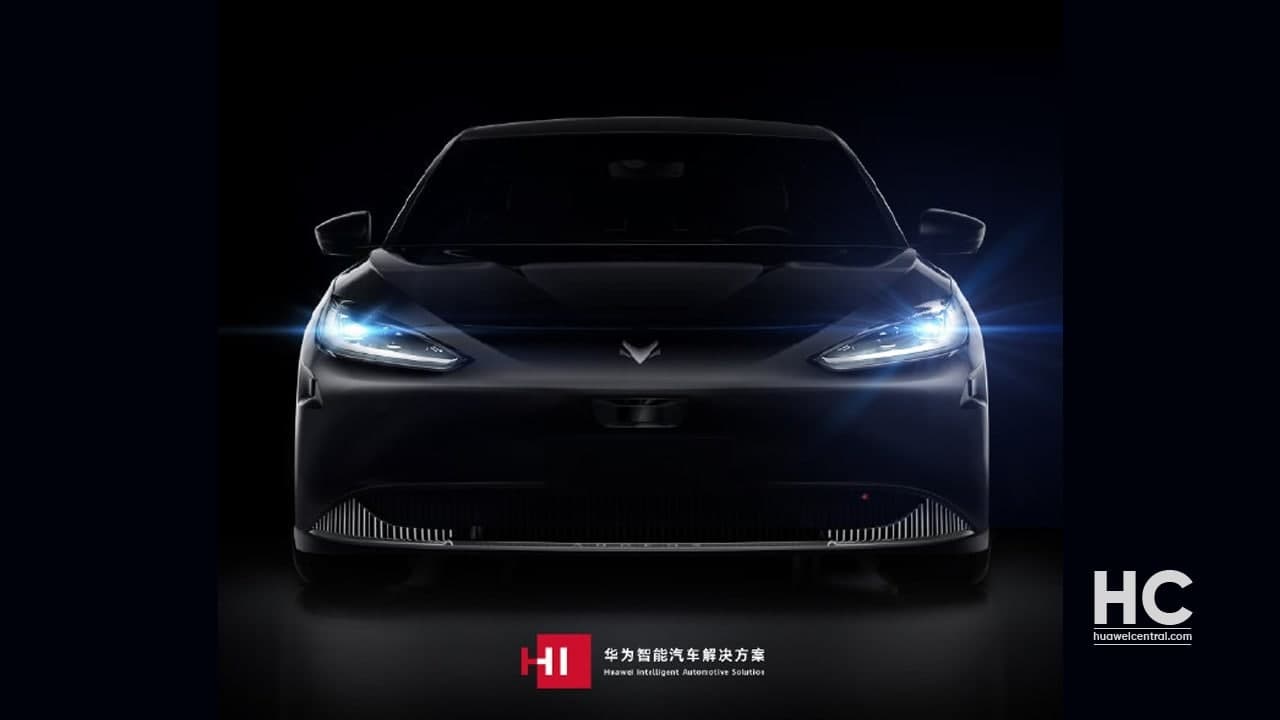News
Polar Fox Alpha S HI version smart car equips with 9 radars + 9 cameras, Huawei L4-level full stack self-developed ADS

Huawei and BAIC group are jointly working on a model named Polar Fox Alpha S. The model is grabbing headlines on the internet as the launching time is approaching.
Following the trend, previously a Weibo user released a short video of autonomous driving, which is claimed to of the Alpha S HI. The video got much attention.
In this line, another user shared their first-time experience of the “First-ever Polar Fox & Huawei HI driverless driving experience.
We can clearly see the major aspects such as ADS (Autonomous Driving Solution) hardware, software reliability, spontaneous decision made by the system, and more from the test video.
To be precise, the Polar Fox Alpha S HI version features three lidars and six millimeter-wave radars, nine cameras for autonomous driving. The lidar technology helps the car to achieve reliable driverless driving. Well, this is not done here, still, we have more to explore.
Camera Proficiency:
The camera system is very strong, which features four cameras at the front to recognize the situation. In the comparison of old models, the telephoto lens and wide-angle lens don’t change much.
Even so, the binocular camera, placed in the middle is more enhanced. This module works the same as the human eye.
Processor:
For achieving the high-speed process results, the chipset is Huawei’s one of the most powerful processors. This module can give a high stream level output of 400Tops.
Autonomous Driving Solution:
Offourese it’s the center of attention of the car system, which is Huawei self-developed high-end full package for the autonomous driving solution. it sad to be the industry’s first high-end automated driving solution that has passed the ASIL-D functional safety assessment.
This whole software is founded on L4 autonomous driving architecture. It provides a full-stack solution for L4-L2+ autonomous driving, which can meet the smooth evolution requirements of L4-L2+, and is based on the large-scale volume of autonomous driving systems.
It also works perfectly with the AUTOSAR and ROS, and has technical advantages such as “maximum computing power, high security, peak energy efficiency, certainty, and low latency”.
Huawei ADS embraces the self-developed high computing power autonomous driving SoC chip. It can achieve high-performance processing of multi-channel sensor data and complex continuity of the control commands.
Huawei ADS has self-developed root methods to continuously design and optimize complex driving scenarios such as urban roads, highways, and urban parking across the mainland.
Huawei ADS went through many drive tests on a large scale with the fellow partners. It passed in every aspect and has enriched experience related to all situations.
Previous History:
To be mentioned, Huawei has been testing and developing this ADS solution for a long time. It’s said that the company is preparing since the first-generation AI chip Shengteng 310 and mobile data center MDC600 back in October 2018.
Later in 2019, we got to saw the results as a bunch of vehicles run with the Huawei L4.
In this segment, the Audi fleet of ADS-class full-stack intelligent driving solutions (ADS) has gradually begun large-scale road testing.
Current Status of the Company:
As we have already mentioned that Huawei has been partners with BAIC, GAC Aian, and Changan Automobile. But, more than them it also agreed with other automotive companies including, FAW Hongqi, Dongfeng Motor, Suzhou Jinlong, Neolithic, and Shandong Haorui Intelligent
To be mentioned, GAC Aian, and Changan Automobile’s partnership hasn’t come into the limelight recently. The brand tag hasn’t decided for both models.
Popular science time:
American Society of Automotive Engineers (SAE) defines six driverless driving levels – from level 0 (full manual) to 5 (fully automatic ), which is generally used across the globe in autopilot characteristics.
Furthermore, Shenzhen previously issued the “Regulations on the Management of Intelligent Connected Vehicles in the Shenzhen Special Economic Zone (Draft for Comment)”, which includes three levels of autonomous driving of intelligent connected vehicles, including conditional automatic driving, highly automatic driving, and fully automatic driving. Simply understand it as my country’s L3, L4, L5 autonomous driving standard.
(Via- Ithome)







